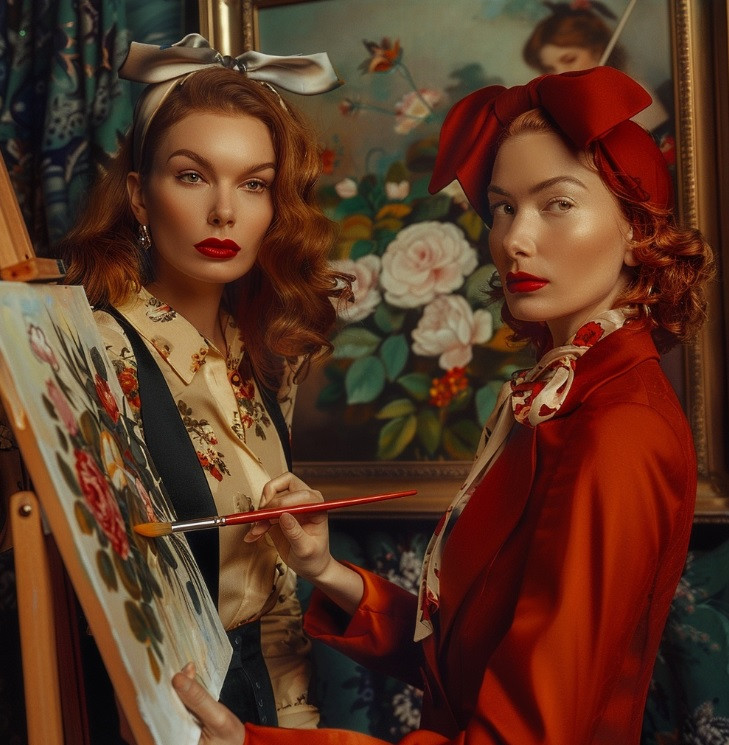
Comparing oneself to other artists can be a slippery slope, detouring one's artistic journey.
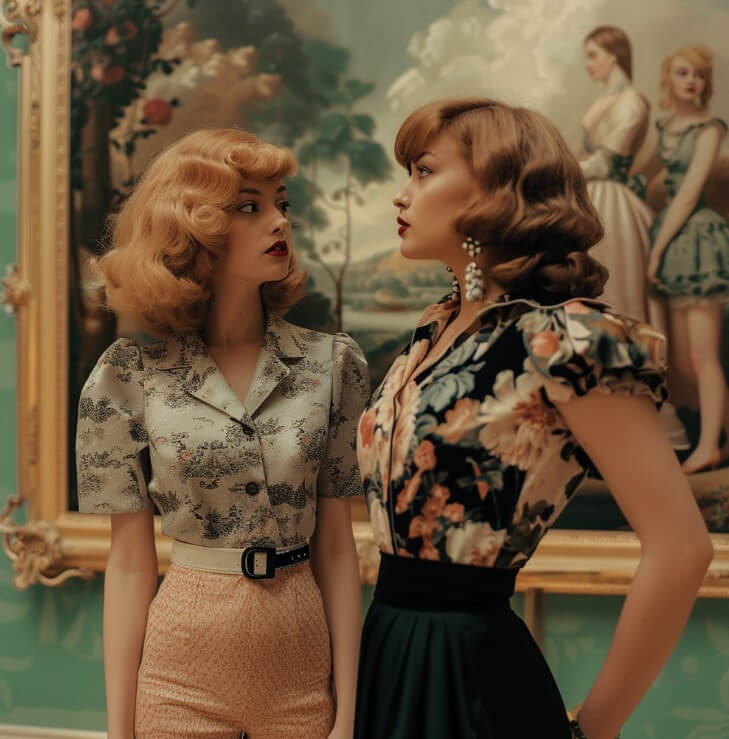
Why create of doubt and insecurity within yourself by comparing yourself to other artists?
Each artist has a unique voice, style, and approach to their craft, and it is this diversity that enriches us in the art world! Rather than falling into the trap of comparison as an artist, focus on fostering a supportive community that uplifts and celebrates these differences. In doing so, you will not only nurture your own creative spirit, but contribute to a more vibrant, inclusive, and collaborative artistic ecosystem.
I know first hand how important having other artists in my life is. We support each other and feed off of each other's inspiration. It can be a lonely world creating, marketing, and putting yourself out there in the public eye. Connecting with other creatives is an extended part of human experience and can greatly help you overcome isolation by sharing your craft.
Here some ways you, as an artist, can positively support each other and promote a culture of inclusivity and mutual growth:
1. Share Knowledge and Resources: Offer tips, tutorials, or helpful resources that have aided your journey; this can immensely benefit peers who might be facing challenges you’ve once tackled. This can include best practices for business, networking, and creative skills.
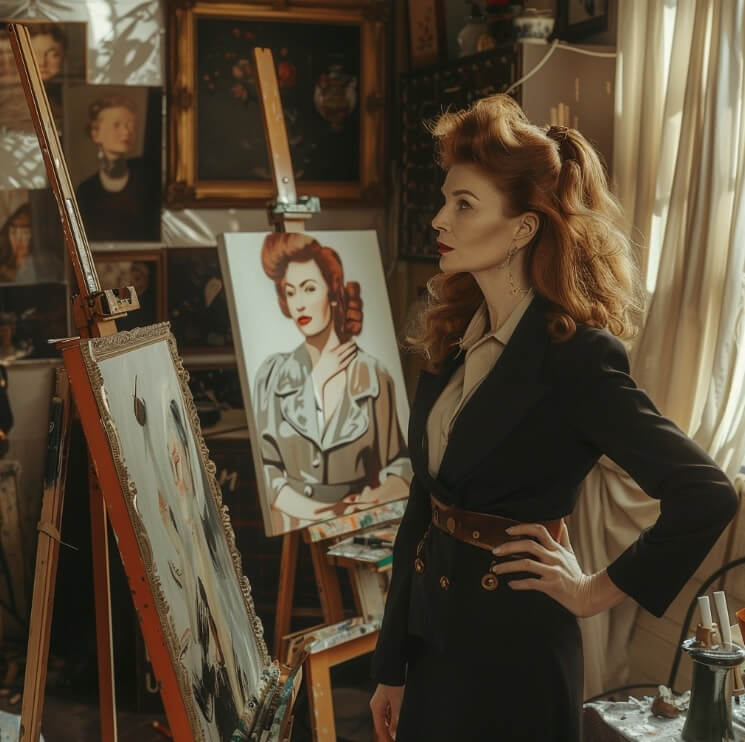
2. Provide Constructive Feedback: Engage in meaningful critique sessions that aim to uplift and improve each other’s work with your group. Always ask permission before providing feedback. "I noticed something about this work and wondered if you are ok with my feedback" is better than offering unsolicited advice unless you have an established relationship with this person as an artist. Do not focus on flaws, but rather opportunities or positive suggestions. Art is personal and can be a hard thing to accept criticism of.
3. Celebrate Achievements: Publicly acknowledge and celebrate the successes and milestones of fellow artists. This reinforces a culture of support and recognition.
4. Organize Joint Events or Shows: Join forces to create collaborative artwork or exhibitions, which can help blend different styles and audiences. Even if you don't sell anything, your time together will be so valuable! (and fun) You can introduce each other to potential buyers and business people at these events, thus raising visibility for you all and possibly leading to new show opportunities.
5. Engage in Skill Exchanges: Set up skill exchange workshops where artists can teach each other different techniques or aspects of their craft, enriching everyone’s skill set. For example: If you are a collage artist? Learn some new painting techniques from an acrylic artist in your group! Musicians, writers, gardeners! You have so much to learn from each other!
6. Promote Each Other's Work: Use your platforms, whether social media, websites, or newsletters, to promote the works of other artists, helping to expand their reach.
Collaborate on Projects! Join forces to create collaborative artwork and cross promote on social media and newsletters.
7. Create a Supportive Community: Establish or join forums, groups, or collectives that serve as safe spaces for sharing experiences, challenges, and advice. There are many online. Here is my new Community on Facebook, should you wish to gain inspiration:

8. Avoid Gatekeeping: Actively work to include emerging artists in events and exhibitions, offering mentorship and guidance without gatekeeping opportunities.
Instead of viewing opportunities as scarce commodities, share calls for art, commission openings, and potential leads with fellow artists, fostering an environment of generosity.
By embodying these principles, you not only contribute as an artist to a healthier, more nurturing art community but also help dismantle the competitive barriers that impede creative expression and growth.
We share a creative gift. Let's do this together!
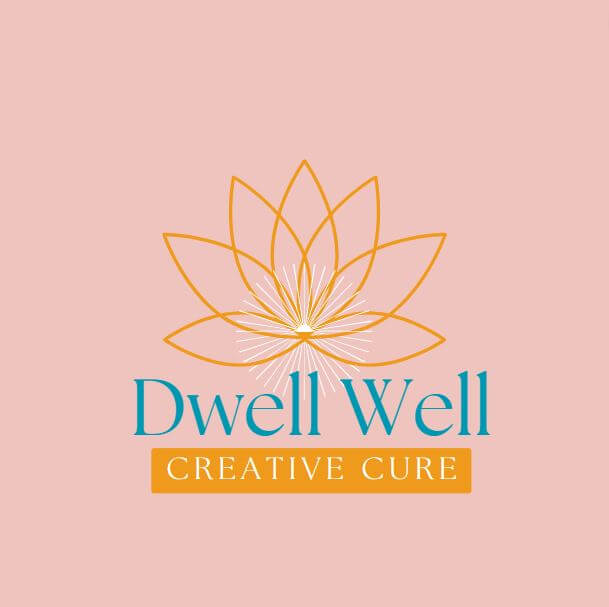
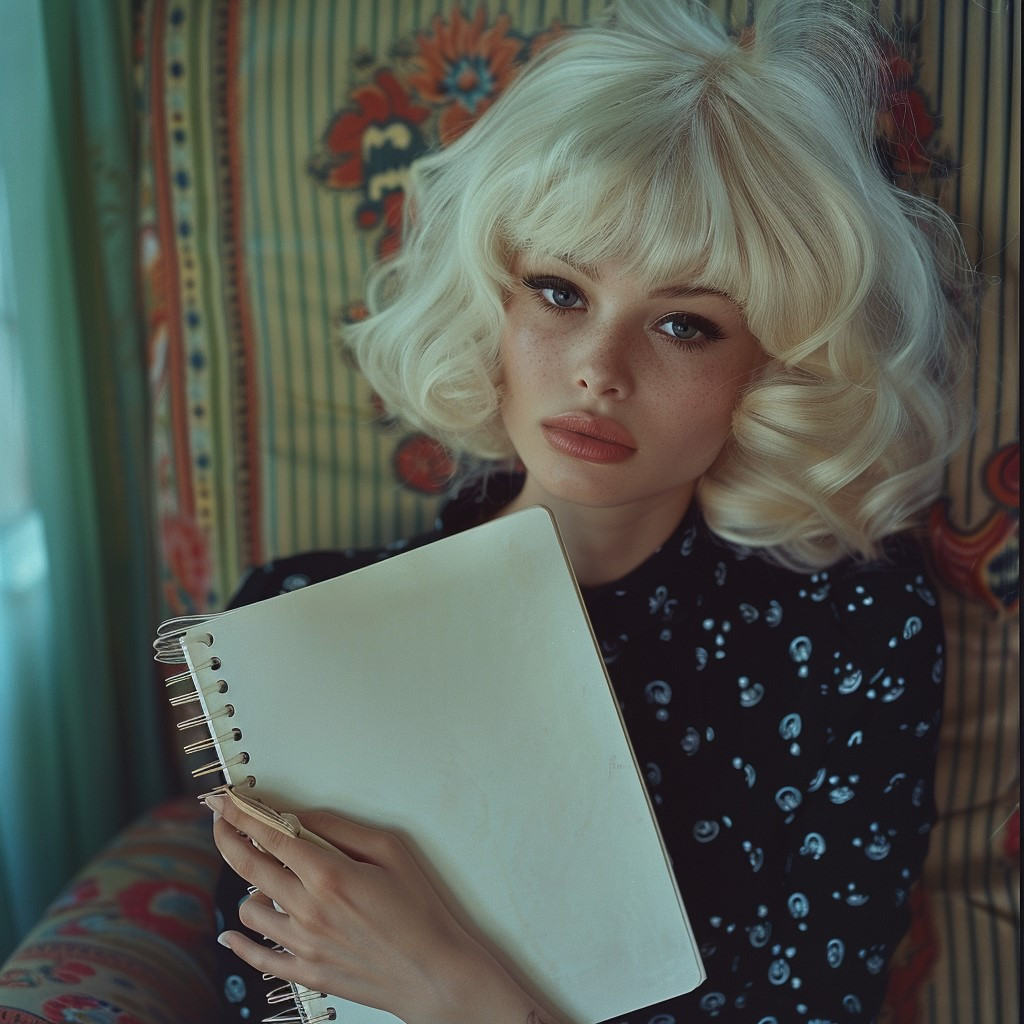
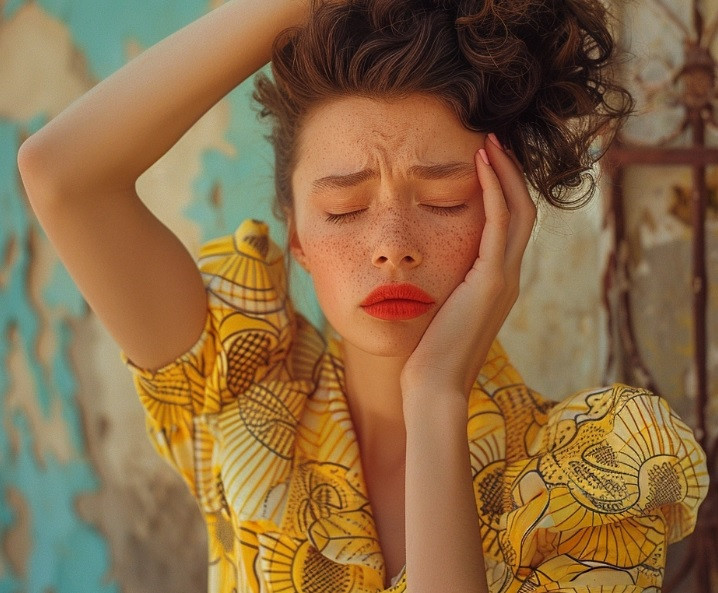

0 Comments